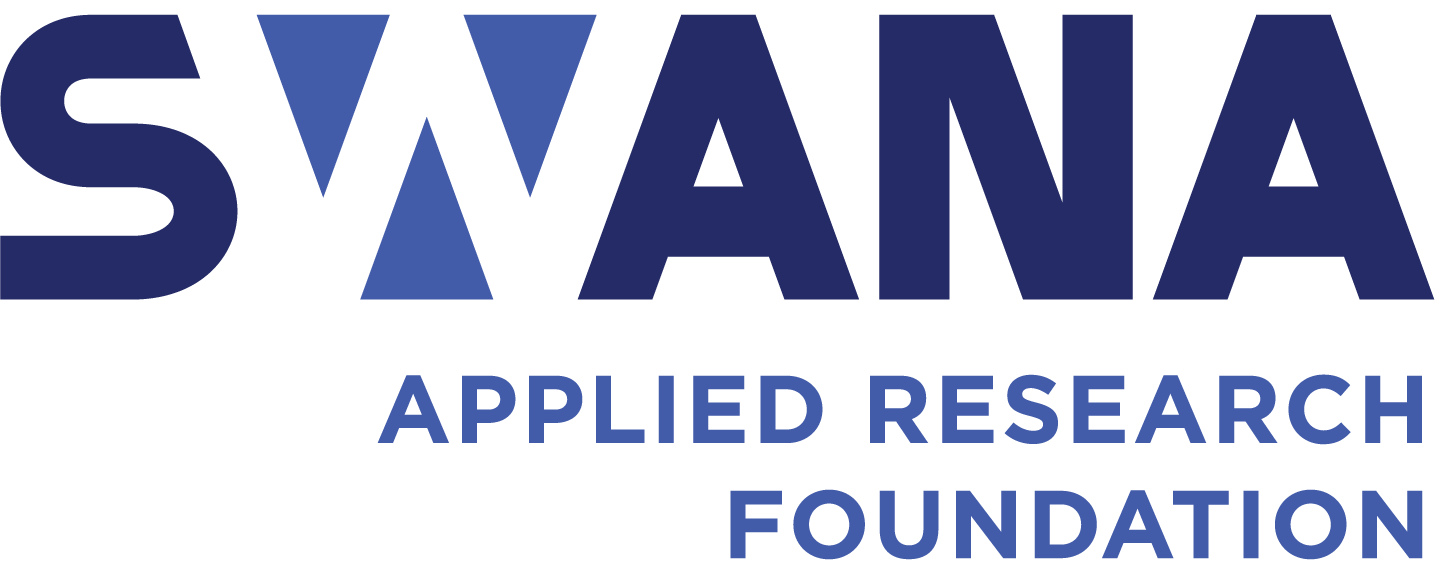New Report Looks at the Increase of Fires at WTE Facilities
SWANA’s Applied Research Foundation report looks reviews prevention and control at WTE facilities

Silver Spring, MD – October 1, 2019 – An important new report issued by the Solid Waste Association of North America's (SWANA) Applied Research Foundation (ARF) addresses the issue of preventing and controlling fires that originate in the wastes received and stored at waste-to-energy (WTE) facilities in the United States and Canada. The problem, although not new, is receiving heightened attention due to the increased disposal of products such as lithium ion (Li-ion) batteries.
“As with all solid waste management facilities, the issue of fire prevention and control at WTE facilities is growing in importance, in part, due to the increased processing and disposal of Li-ion batteries and similar products” says Jeremy O’Brien, P.E., Director of the SWANA Applied Research Foundation.
The report, “Fire Prevention and Control at WTE Facilities,” examines two case studies of large-scale fires at WTE facilities two months apart. These fires occurred in late 2016 and early 2017 in the Washington, DC metropolitan area. The purpose of documenting these incidents is to identify capital and operational improvements that were made as a result of the fires.
“The purpose of this report is to help WTE facility managers identify and implement effective response procedures that will minimize the impacts of spontaneous fires that originate in wastes offloaded at WTE facilities for processing,” says O’Brien.
WTE facility managers are encouraged to consider the steps taken at the two case study facilities to remedy the issues that may have contributed to the severity and impact of the fires. Of particular importance is the recommendation to clear the tipping floor at the end of each day, to create areas of separation between the wastes on the tipping floor and the refuse pit, and to churn the waste in the refuse pit on a regular basis.
The report also includes a review of the guidelines that have recently been developed in the United Kingdom to guide the development of fire prevention plans for new WTE facilities and to identify how these guidelines can be used to improve fire protection strategies currently in place for WTE facilities in North America.
SWANA urges WTE facility managers to minimize future fire risks and impacts at their facilities by following the recommendations presented in this report.
The full report, “Fire Prevention and Control at WTE Facilities” is currently only available to SWANA ARF subscribers. SWANA members receive free access to ARF industry reports one year after publication.
To learn more, click here for the Executive Summary of the new report.
For more information on SWANA, visit SWANA.org.
About SWANA
The Solid Waste Association of North America (SWANA) is an organization of more than 10,000 public and private sector professionals committed to advancing from solid waste management to resource management through their shared emphasis on education, advocacy and research. For more than 50 years, SWANA has been the leading association in the solid waste management field. SWANA serves industry professionals through technical conferences, certifications, publications, and a large offering of technical training courses. Follow on Twitter, Facebook, or LinkedIn.
Media Contact
Sarah Beidleman, Marketing Coordinator240-494-2238
sbeidleman@swana.org
About SWANA
The Solid Waste Association of North America (SWANA) is an organization of more than 10,000 public and private sector professionals committed to advancing from solid waste management to resource management through their shared emphasis on education, advocacy, and research. For more than 60 years, SWANA has been the leading association in the solid waste management field. SWANA serves industry professionals through technical conferences, certifications, publications, and a large offering of technical training courses.
Media Contact
Kristyn OldendorfDirector of Public Policy
(240) 494-2237
marketing@swana.org






